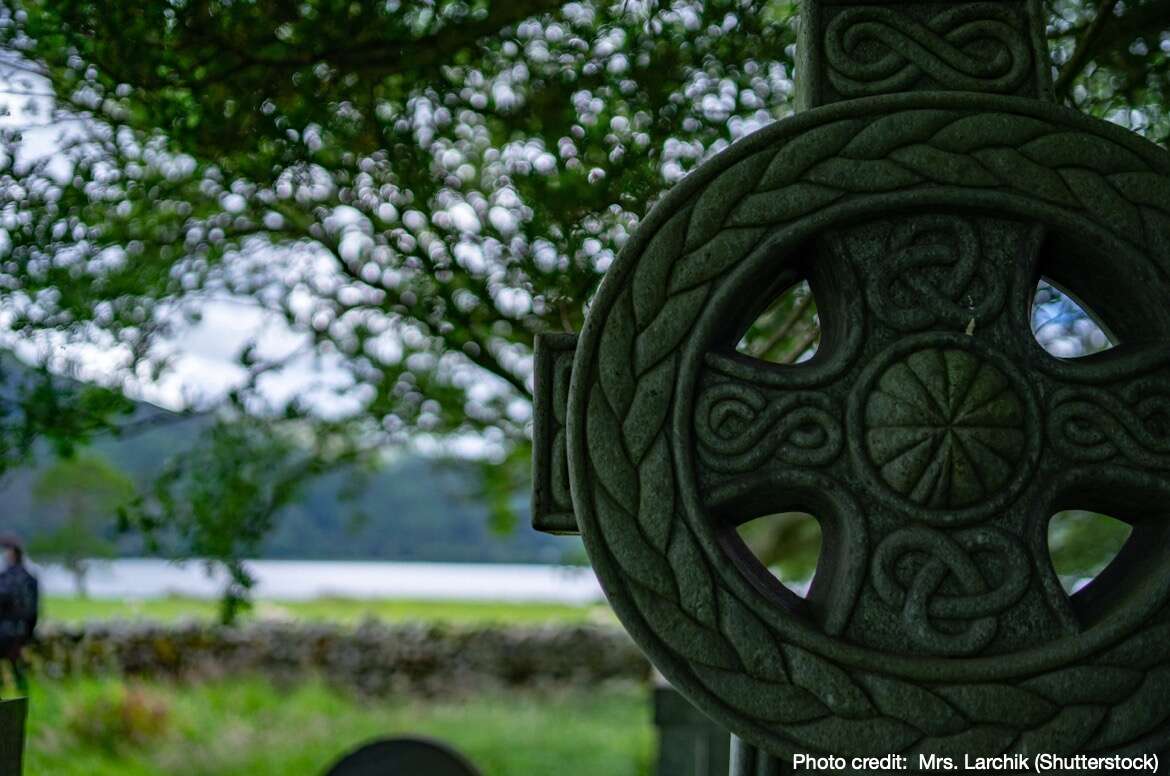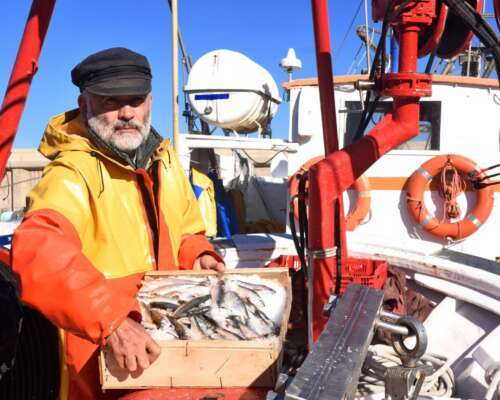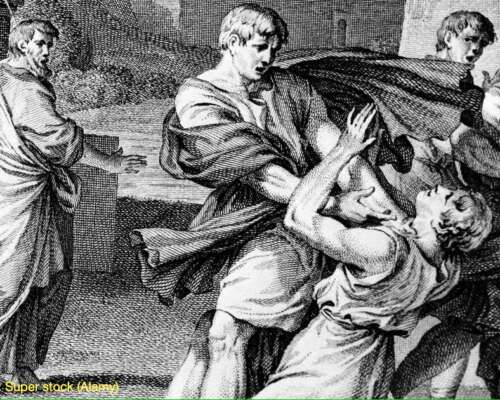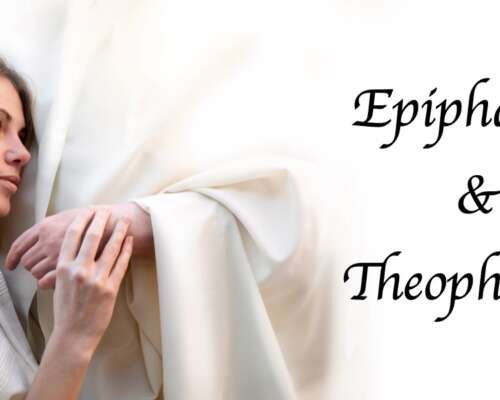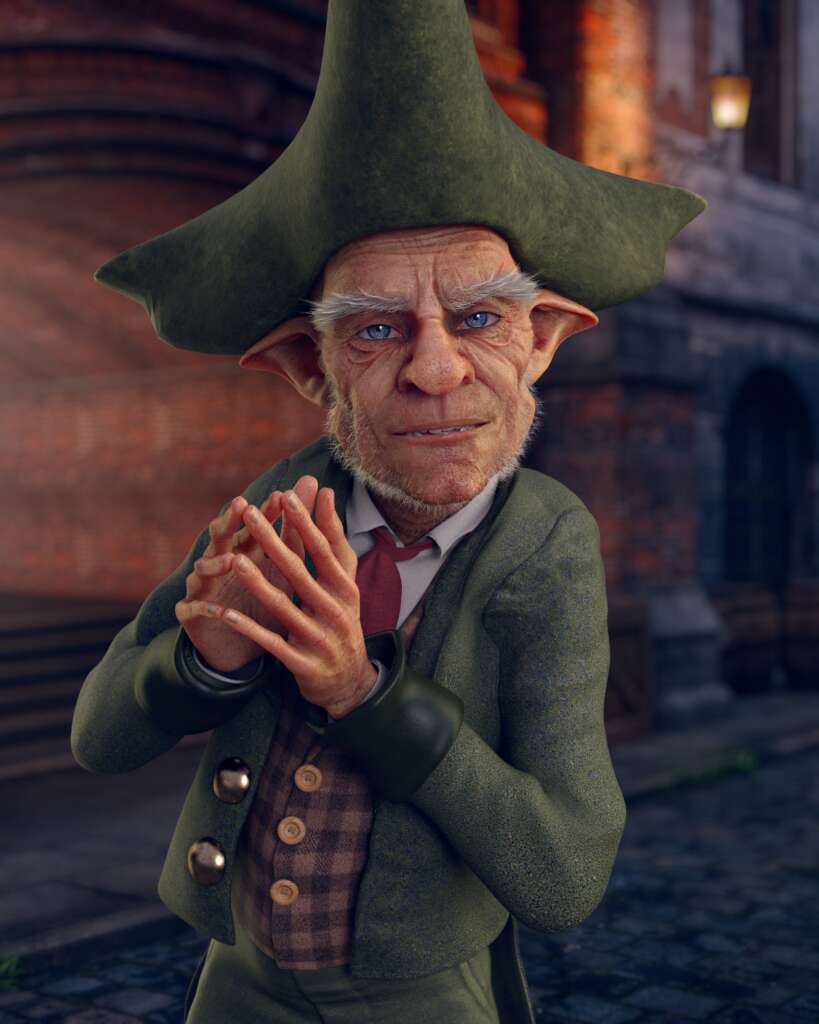
In this post, I’d like to share when God came to Ireland. In the beginning, in Ériu, in Éire, long before the land was dubbed Ireland and before the birth of Christ, there were the Celts. This group traces their beginnings to 1,200 B.C. and they were predominantly in four countries of Europe; France, Spain, Britain and Ireland. The influence of the Celts was pervasive, militant, and it took Julius Caesar six years to conquer then (if he ever truly did.) The Celtic religion was administered through the druids and it involved polytheistism. Dagda, the god of the Earth was their chief god, and he is portrayed as a tall, bearded figure dressed in a robe and carrying a club. He represented masculinity and fertility. Caer Ibormeith was the goddess of sleep and dreams and Aengus Óg the goddess of youth, beauty and love. Spirits were sometimes seen behind every rock and tree in a’ choille. This accounts for the traditional belief in fairies and leprechauns among the Irish, which some today still profess even if in tongue-in-cheek ways.
St Patrick
St. Patrick is a name familiar to almost every American (we have a holiday every March 17th called “St Patrick’s Day”) but there is a lot about this man that is not commonly known and even more not known at all. For example, Patrick’s birth name was Maewyn Succat, and he wasn’t even an Irishman by birth, though no one knows for certain where he was born. Perhaps it was Scotland, perhaps Wales or England.[1] Nor do we know just when he was born; was it 373 A.D. or 390 A.D.? Neither is the year of his death certain, with scholars divided between 461 A.D. and 493 A.D. Patrick’s father was a Roman or British army officer and also a deacon, though as a wain, Patrick was not Christian.
Kidnapped by pirates
When Patrick turned 16, he was kidnapped by pirates or slave-traders and shipped from Britain to Ireland to work with sheep and pigs in Antrim County. His bondage, he believed, was his punishment for misbehavior and lack of faith earlier in life. About this time, he came to faith and started to hear voices and experience visions. Looking back on those days in captivity, Patrick wrote:
“But after I reached Ireland I used to pasture the flock each day and I used to pray many times a day. More and more did the love of God, and my fear of him and faith increase, and my spirit was moved so that in a day [I said] from one up to a hundred prayers, and in the night a like number; besides I used to stay out in the forests and on the mountain and I would wake up before daylight to pray in the snow, in icy coldness, in rain, and I used to feel neither ill nor any slothfulness, because, as I now see, the Spirit was burning in me at that time.“
Confessions
Return to Ireland
After escaping from captivity Ireland, an angel appeared to him and said it had a message from the people in Ireland “We beg you, Holy Boy, to come and walk again among us.” Patrick felt unprepared to return at the moment, and so spent time in France growing in the faith. Twelve years after the angel’s visit, Patrick returned to Ireland, but not every Irishman was happy to see him, and he was cursed, thrashed on numerous occasions and tossed in prison. An earlier saint (St Palladius) had less than a warm welcome in Ireland, himself, and was banished by of the Irish King of Leinster.
Religion in Ireland today.

Gradually, however, the Christian faith took root. Historically, the primary faith in Ireland was Roman Catholic. Today, according to last year’s census, 68.8% of people in the republic called themselves Catholic and 6.8% identified with the Anglican, Methodists or Presbyterian churches among others. A total of 14.8% of Irish denied any faith and 9.4% did not specify a denomination. No doubt, Pentecostals fit in this category. Ireland has been undergoing change in its demographic categories and as the republic welcomes people from other countries and continents, Pentecostals invariably attract people even as the mainstream churches suffer decline or, in the case of the Anglican church, no growth in this century. But as long as Ireland opens her doors to people from other countries, the Christian faith will certainly remain alive even as Ireland is dotted with the ruins of churches and abbeys.
So, Patrick, the central figure in the Irish faith was neither the first person to spread the Gospel in Ireland nor was he the last. There were certainly miracles that occurred in Patrick’s life, but many other deeds are apocryphal in nature, such as his battle with the druids, his association with the shamrock, and the notion that he drove the snakes out of Ireland. In fact, there are no snakes in Ireland, and quite possibly never have been.
When God Came to Ireland (an afterword)
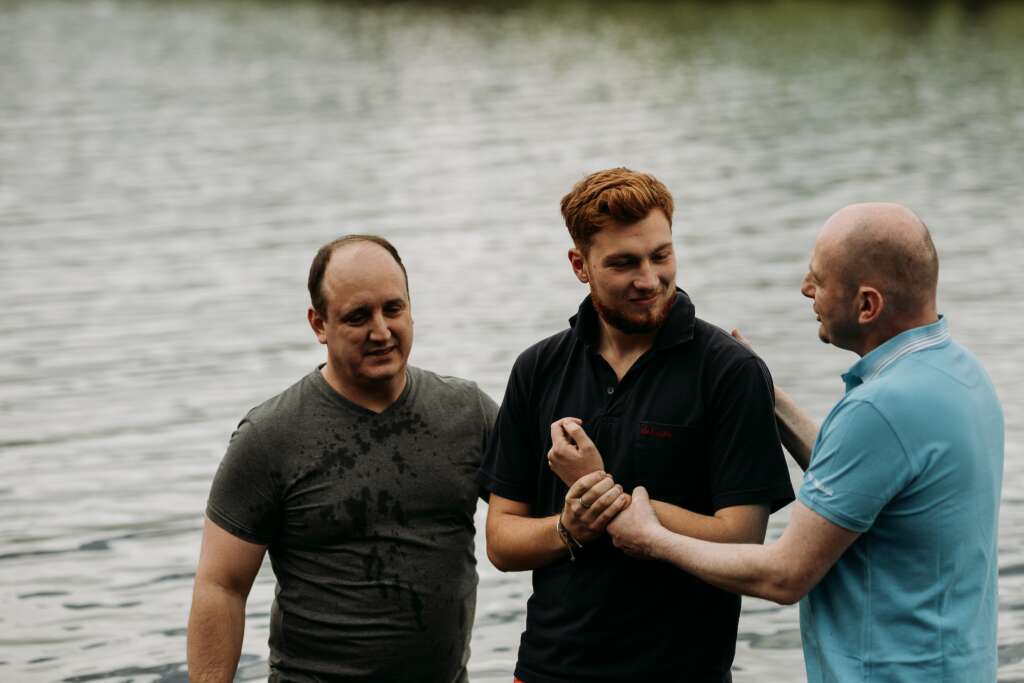
There are many familiar symbols that most of us have seen that come from Irish religion, whether Celtic or Christian. For example, the harp of Erin. Erin is the patron spirit of Ireland, even as Columbia is to America and Marie is to France. Her name is the “anglicisation of the Irish ‘Eirinn’ which comes from the Irish ‘Eire’, meaning ‘Ireland.’” Erin go bráth means literally “Ireland til Doomsday” or simply “Ireland, forever.” The saying is a pledge of faithfulness to the diety, if not the country since the two are so closely intertwined. The shamrock which we see portrayed on St. Patrick’s Day was, according to legend, what St. Patrick used to illustrate the Trinity as he shared the True Faith with the Irish people. The Triquetra, or trinity knot even predates the crucifix among Irish religious symbols.
Ireland is a wonderful country. My wife Deena visited it with her sister and other family members this past Spring, and after hearing her experiences, I have decided to visit as well. I understand from Deena that Irish hospitality is gan dua or second to none and the cuisine and the sheer beauty of the countryside is unmatched.
[1] So, the story goes that Maewyn Succat was born near a village called Banna Vemta Burniae, which was situated on the Roman road of Watling Street, which today is known as the A5 trunk road. However, where, on this vast road, it is not clear. Some believe Maewyn Succat was born in the lowlands of Scotland, and others say it was Wales, which was under Roman control at that time.
